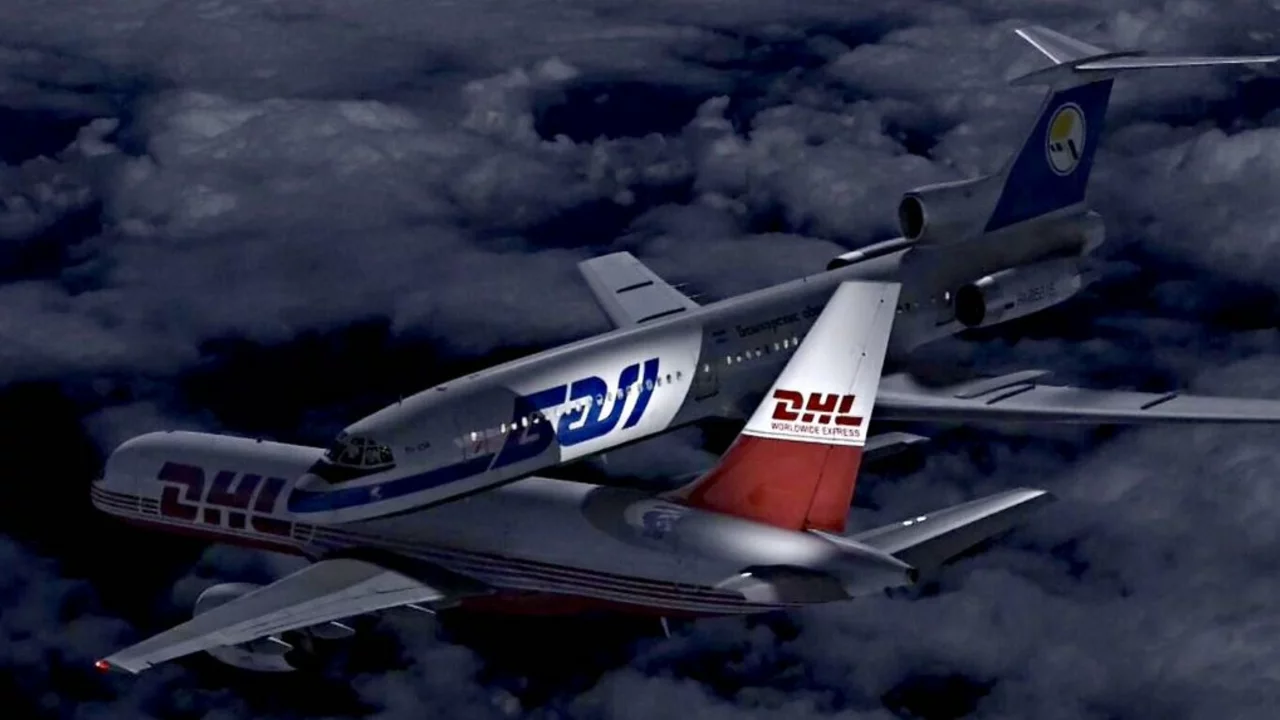Aviation History: What Mid-Air Collisions Taught the World
Air travel today feels normal, but the path to safe skies was built on hard lessons. Some of the most dramatic turning points in aviation history came after mid-air collisions and near-misses. Those events changed rules, tech, and training—often fast.
Why study these events? Because they explain how everyday safety features got started. If you've ever wondered why planes have Traffic Collision Avoidance Systems (TCAS), strict altitude rules, or two-person cockpit protocols, the answers live in past accidents.
Notable mid-air collisions and what went wrong
Three crashes stand out for forcing big changes. The 1956 Grand Canyon collision between United and TWA led to a U.S. overhaul of air traffic control and the start of modern centralized ATC. In 1996, the Charkhi Dadri crash near Delhi—between a Saudi aircraft and a Kazakhstan plane—killed everyone on both flights and highlighted language, training, and altitude-assignment issues in busy airspace. Then in 2002 the Überlingen mid-air collision over Germany, involving a passenger plane and a cargo jet, exposed flaws in controller procedures and pushed wider adoption of TCAS and clearer rules about when pilots should follow TCAS over controllers.
Common causes repeat: unclear or missed instructions from air traffic control, pilot spatial disorientation, inadequate collision-avoidance tools, and breakdowns in standard procedures. Each accident sparked a targeted fix—better radar coverage, mandatory TCAS, stricter communication protocols, or improved training focused on crew resource management.
How safety evolved after collisions
Fixes were practical and fast. Regulators started requiring TCAS on many commercial aircraft, making automatic alerts and pilot guidance common. Airspace got restructured, with tighter altitude separation and standardized routes. Training shifted too—pilots now train for scenarios where automated systems and human controllers give conflicting instructions. Investigators also pushed for better data: cockpit voice recorders and flight data recorders became more robust and commonplace.
Technology kept improving. ADS-B and satellite tracking give controllers and pilots clearer real-time positions. Collision-avoidance systems got smarter, and stricter maintenance and certification standards reduced equipment failures that could contribute to accidents.
Want to read more? We have articles that walk through individual accidents, explain how investigations work, and show how lessons from past tragedies shape today's flights. Studying aviation history isn't about fear—it's about understanding how each change makes flying safer for everyone.
If you care about aircraft safety or just like aviation stories, start with detailed case studies of mid-air collisions. They show step-by-step how one mistake or missing rule led to change, and how the industry fixed it. That's the real story of aviation history: constant learning and steady improvement.

Has there ever been a mid-air plane collision?
Oh boy, fasten your seatbelts folks, because we're about to take a turbulent trip through aviation history. Believe it or not, mid-air plane collisions have happened before, and I'm not just talking about in Hollywood blockbusters. In fact, one of the most infamous cases was the 2002 Überlingen mid-air collision, a truly shocking event that taught the world a lot about the importance of air traffic control. It's a bit of a bumpy ride to think about, but hey, even a tiny bit of turbulence can make for an interesting flight, right? So, next time you're cruising at 30,000 feet, remember to appreciate those air traffic controllers on the ground, they're the unsung heroes making sure your flight doesn't turn into an unplanned airshow!